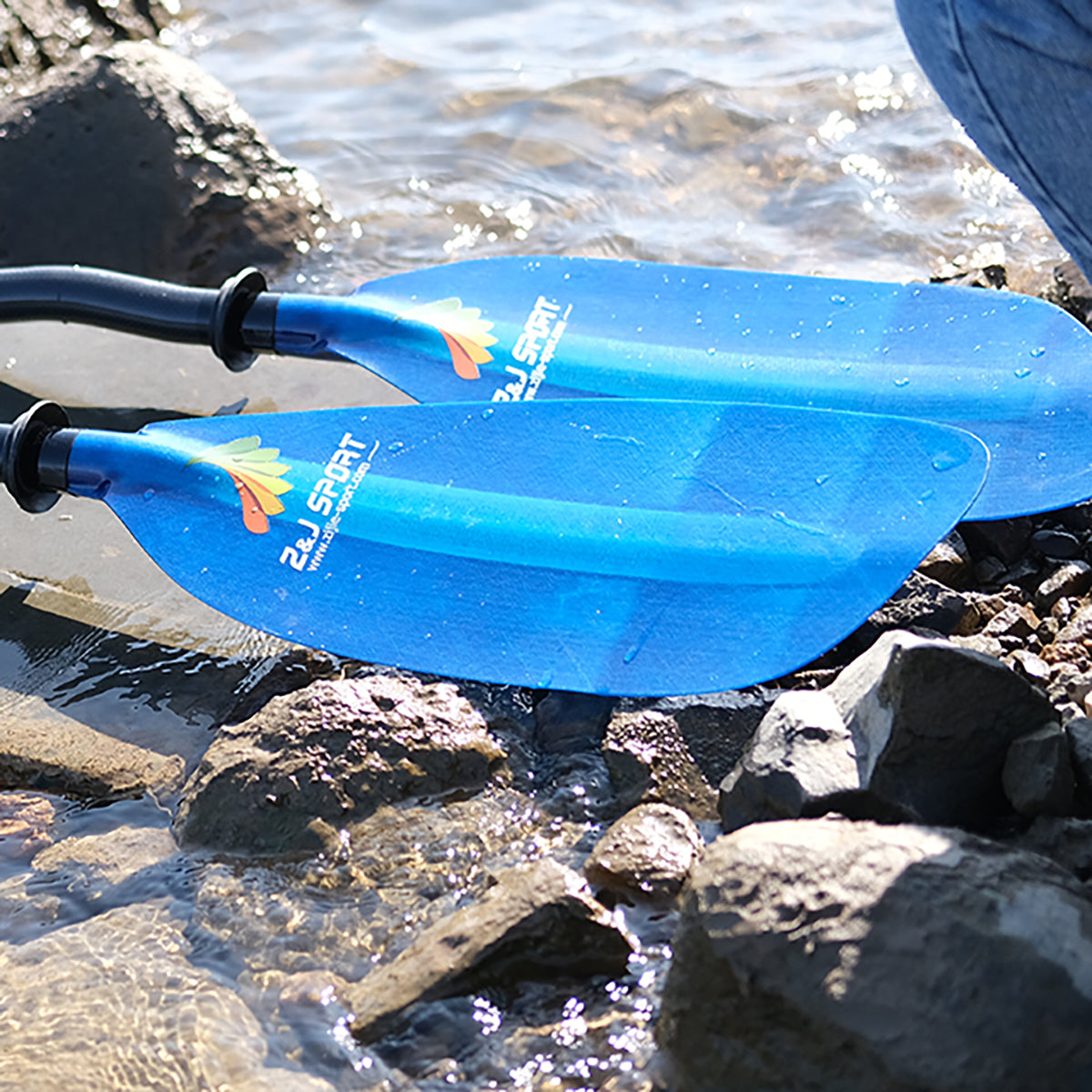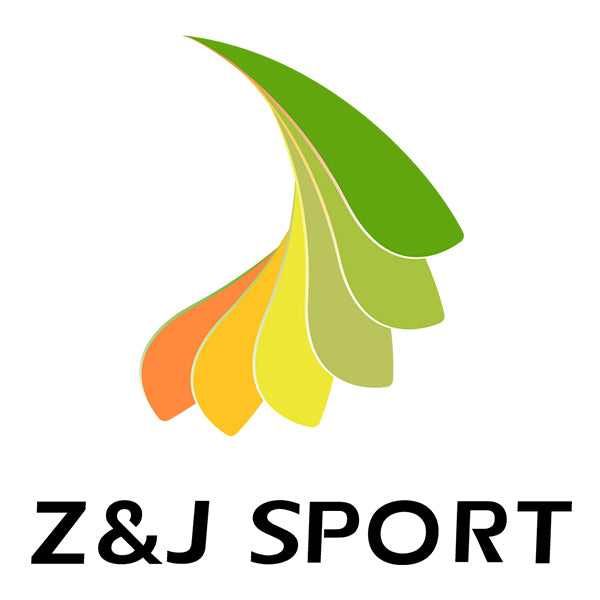
How to Choose the Paddle that Suits you Best
* Type of Paddle Boarding
All-Around Paddle Boarding
For all around paddling any sup paddle will work fine. What paddle you choose will be determined by how often you paddle. The more you paddleboard the lighter weight paddle you will want.
If you only paddle a few times a year a heavier entry level paddle will be fine. Spending more time in the water you will want to upgrade to a fiberglass or carbon/fiberglass blend.
Adjustable paddles are the way to go for most paddlers. Beginners need an adjustable paddle to experiment with different lengths.
Racing
Sup racers want the stiffest and lightest carbon paddle they can afford. Blade size will depend on the paddlers strength and the condition of his/her shoulders.
Surfing and Whitewater
Surfing and whitewater demand a durable paddle. The shaft should have some flex. Fiberglass is a good choice.
Touring/Long Distance
Serious long distance paddlers want the lightest paddle they can afford.
Many long distance paddlers like a little bit of flex which is easier on the joints and muscles.
A lightweight high-quality carbon/fiberglass blend is a good choice.
Long distance paddlers tend to prefer a moderate blade size to save wear and tear on their shoulders, wrists and elbows.
Women and Children
There are sup paddles made specifically for women and children. These paddles are lighter with smaller blades. The shaft and grip is smaller in diameter to fit smaller hands.
* Blade Size
Large blades:
90-100 sq. inches
Generate more power
But need more power to paddle
Best for larger strong paddlers
Best for well-conditioned paddlers on fast boards
Less strokes per minute
Small blades:
80-87 sq. inches
Easier on all the joints and muscles
Best for a quick cadence
Best for dynamic turns
Best for smaller paddlers
Best if you have shoulder problems
More strokes per minute with less energy per stroke
Body weight/Blade Size Guidelines
<150 lbs
80-90 sq.in.
150-200 lbs
90-100 sq.in.
>200 lbs
100-120 sq.in.
*Blade Shape
There are two basic blade shapes. The tear drop and the rectangle.
The difference is only noticeable with experience.
Basically, the tear-drop shape has a tad more power. The rectangle offers a faster cadence and is easier on the body.
*Blade Offset
Blade offset is the degree of angle a blade has.
- 7o blade is best for surfing and whitewater
- 10o blade is best for all-around paddling
- 12o blade is best for racing
* Adjustable vs Fixed Length
Adjustable paddlesare the most common and popular type of sup paddle. They allow the beginner to experiment and find the perfect paddle length.
Adjustable paddles break down into two or three sections making them shorter for travel.
Intermediate and advanced paddlers like them because they can use the same paddle for long distance touring and shorten it for surfing.
With an adjustable paddle you can have one paddle for the entire family. And it can be adjusted for a friend who wants to try your paddle board.
Fixed sup paddlesare made for experienced paddlers who know exactly what they need in a paddle.
Fixed paddles tend to be a bit lighter, a bit stronger and cost a bit less. And you never have to worry about the locking mechanism breaking.
*SUP Paddle Length Tips
For flat water paddling: 8-10” taller than your height
When surfing or whitewater river running: 4-8″ taller than your height
All-Around Paddle Boarding
For all around paddling any sup paddle will work fine. What paddle you choose will be determined by how often you paddle. The more you paddleboard the lighter weight paddle you will want.
If you only paddle a few times a year a heavier entry level paddle will be fine. Spending more time in the water you will want to upgrade to a fiberglass or carbon/fiberglass blend.
Adjustable paddles are the way to go for most paddlers. Beginners need an adjustable paddle to experiment with different lengths.
Racing
Sup racers want the stiffest and lightest carbon paddle they can afford. Blade size will depend on the paddlers strength and the condition of his/her shoulders.
Surfing and Whitewater
Surfing and whitewater demand a durable paddle. The shaft should have some flex. Fiberglass is a good choice.
Touring/Long Distance
Serious long distance paddlers want the lightest paddle they can afford.
Many long distance paddlers like a little bit of flex which is easier on the joints and muscles.
A lightweight high-quality carbon/fiberglass blend is a good choice.
Long distance paddlers tend to prefer a moderate blade size to save wear and tear on their shoulders, wrists and elbows.
Women and Children
There are sup paddles made specifically for women and children. These paddles are lighter with smaller blades. The shaft and grip is smaller in diameter to fit smaller hands.
* Blade Size
Large blades:
90-100 sq. inches
Generate more power
But need more power to paddle
Best for larger strong paddlers
Best for well-conditioned paddlers on fast boards
Less strokes per minute
Small blades:
80-87 sq. inches
Easier on all the joints and muscles
Best for a quick cadence
Best for dynamic turns
Best for smaller paddlers
Best if you have shoulder problems
More strokes per minute with less energy per stroke
Body weight/Blade Size Guidelines
<150 lbs
80-90 sq.in.
150-200 lbs
90-100 sq.in.
>200 lbs
100-120 sq.in.
*Blade Shape
There are two basic blade shapes. The tear drop and the rectangle.
The difference is only noticeable with experience.
Basically, the tear-drop shape has a tad more power. The rectangle offers a faster cadence and is easier on the body.
*Blade Offset
Blade offset is the degree of angle a blade has.
- 7o blade is best for surfing and whitewater
- 10o blade is best for all-around paddling
- 12o blade is best for racing
* Adjustable vs Fixed Length
Adjustable paddlesare the most common and popular type of sup paddle. They allow the beginner to experiment and find the perfect paddle length.
Adjustable paddles break down into two or three sections making them shorter for travel.
Intermediate and advanced paddlers like them because they can use the same paddle for long distance touring and shorten it for surfing.
With an adjustable paddle you can have one paddle for the entire family. And it can be adjusted for a friend who wants to try your paddle board.
Fixed sup paddlesare made for experienced paddlers who know exactly what they need in a paddle.
Fixed paddles tend to be a bit lighter, a bit stronger and cost a bit less. And you never have to worry about the locking mechanism breaking.
*SUP Paddle Length Tips
For flat water paddling: 8-10” taller than your height
When surfing or whitewater river running: 4-8″ taller than your height
